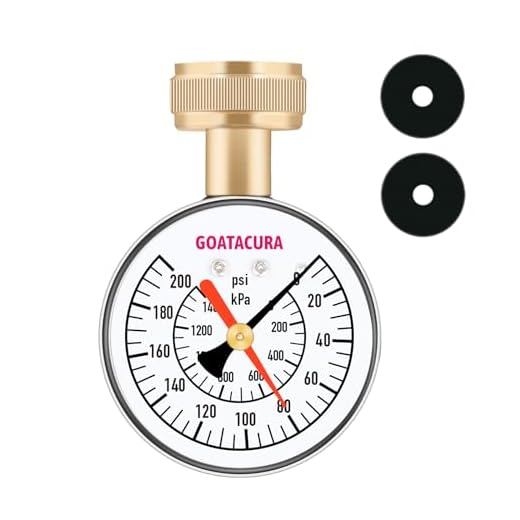



For effective outdoor cleaning tasks, I recommend aiming for a flow rate between 1.4 and 2.6 gallons per minute (GPM) at a minimum of 1000 PSI.
I’ve tested numerous models, which consistently show that a unit featuring 1500 to 3000 PSI optimally tackles various applications, from removing grime on patios to cleaning vehicles. It’s crucial to match the device’s ratings with your cleaning requirements for the best results.
Additionally, pay attention to the nozzle type. A 15 or 25-degree nozzle works exceptionally well for most surfaces, providing a balanced approach to both cleaning power and safety. Using the right combination of specifications allows you to maximise efficiency without risking damage to delicate areas.
Optimal Force for Cleaning Equipment
For backyard maintenance and general cleaning tasks, *1,300 to 2,200 psi* provides excellent cleaning capabilities. This range fits most residential needs, including patio furniture and small vehicles.
For tougher jobs like removing mildew or heavy grime, consider units offering *2,200 to 3,200 psi*. This power is particularly effective on decks, driveways, and exterior walls.
If you’re dealing with commercial applications or extensive cleaning tasks, aim for *3,200 psi and above*. Such specifications excel at handling industrial machinery and large-scale exterior jobs.
It’s also critical to adjust the flow rate, ideally around *1.5 to 2.5 gpm*, to maintain efficient cleaning without risking damage to surfaces.
Be mindful of nozzle selection; a narrow nozzle concentrates the force, while a wider spray disperses it, affecting cleaning effectiveness.
Always consult the manufacturer’s guidelines for your specific model to ensure optimal performance and avoid unnecessary wear and tear. Regular maintenance will also enhance longevity and efficiency.
Understanding PSI Ratings for Pressure Washers
.jpg)
For optimum performance, select equipment with a PSI rating that matches your cleaning tasks:
- Below 1000 PSI: Ideal for delicate surfaces such as cars and windows. It’s effective for light cleaning without risking damage.
- 1000 – 2000 PSI: Suitable for medium-duty tasks including patios, decks, and outdoor furniture. This range effectively removes dirt and grime.
- 2000 – 3000 PSI: Best for heavy-duty applications like driveways, sidewalks, and removing stubborn stains. Provides sufficient force for tougher jobs.
- 3000 PSI and above: Designed for commercial use or extreme cleaning jobs. Perfect for surfaces that are heavily soiled or require significant power.
Consider adjustments based on water flow rates noted in GPM (gallons per minute) alongside PSI ratings. Higher GPM paired with adequate PSI can enhance cleaning efficiency by removing debris more effectively.
When selecting a model, balance between PSI and GPM to ensure optimal performance, adapting to various tasks as needed. For instance, a unit with 2500 PSI and 2.5 GPM is versatile, providing sufficient force for a wide array of cleaning tasks.
Evaluate additional factors like nozzle types since they also impact cleaning outcomes. Using the correct nozzle with the right PSI can drastically change efficiency, making a significant difference in results.
Minimum Water Pressure Requirements for Domestic Use
For effective operation, a home cleaning machine should have an inlet force of at least 20 to 30 PSI. This level ensures that the device performs optimally for regular household tasks such as cleaning driveways, patios, and vehicles.
A particular model may require a higher input ease, especially those designed for tougher jobs, often reaching around 40 to 60 PSI. Always check the manufacturer’s specifications for each unit, as different models can vary significantly in their input requirements.
Connecting your cleaning unit to a garden tap or hose that provides steady flow at the specified level is crucial. Any dip below these figures can lead to subpar functioning, resulting in inadequate performance and incomplete cleaning.
Furthermore, consider the diameter of your hoses, as narrower hoses can restrict flow and reduce the force received by the machine. A standard garden hose of 5/8 inch in diameter is typically sufficient to maintain proper supply.
Proper maintenance of your plumbing system can also contribute to meeting the necessary input force. Regular checks for leaks, blockages, and ensuring that all fittings are secure will help sustain an adequate supply.
It’s worth noting that variations in elevation can impact input levels as well. If the cleaning machine is situated significantly higher than the water source, the working force may reduce. Adjusting hose lengths and configurations can mitigate this issue.
Factors Influencing Water Pressure Needs
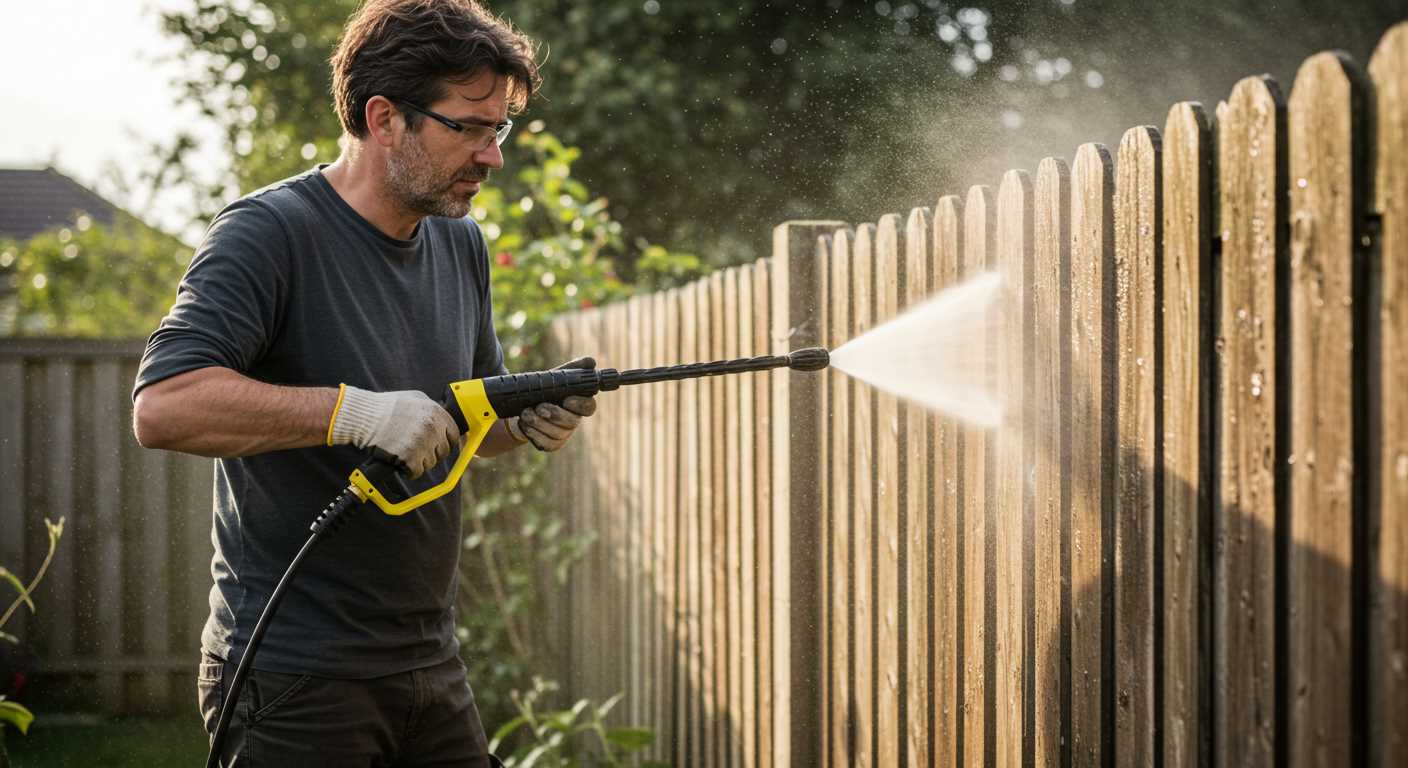
Several key elements influence the requirements for water force in cleaning equipment. First and foremost, the type of surface being treated plays a significant role. For instance, delicate materials like wood or paint require a gentler touch, typically around 1300 to 1600 PSI. Conversely, robust surfaces such as concrete or brick can withstand higher forces, often exceeding 3000 PSI.
Another critical aspect to consider is the nature of the cleaning task. Heavy-duty applications, such as removing grease or grime from vehicles or industrial equipment, necessitate higher forces. Generally, a minimum of 2000 PSI is recommended for effective results in such scenarios.
Water availability and flow rate also impact the efficiency of the operation. Insufficient supply can hinder the optimal performance of the equipment, leading to inadequate cleaning. Ideally, a minimum flow rate of 1.5 gallons per minute (GPM) is sought after to ensure consistency and effectiveness during the cleaning process.
In addition to these factors, operational considerations such as nozzle selection and angle further adjust the required force. For example, using a narrow nozzle concentrates the force, enabling better performance on tough stains, while a wider spray reduces the impact, making it suitable for more fragile surfaces.
Lastly, frequent use and maintenance of the equipment influence performance. Regular checks and timely repairs ensure that the settings remain optimal, preventing inefficiencies that arise from wear and tear.
Comparing Electric and Gas Pressure Washers
For residential tasks, electric machines typically operate between 1300 to 2300 PSI, suitable for lighter jobs such as vehicle cleaning and patio maintenance. They require a GFCI outlet and are generally quieter, making them ideal for urban settings.
Gas-operated units boast higher figures, often ranging from 2500 to 4000 PSI, allowing them to tackle heavy-duty chores like deep cleaning driveways or removing stubborn stains from surfaces. Their mobility is superior as they don’t rely on electricity, but they emit fumes and are generally louder.
| Feature | Electric Pressure Washers | Gas Pressure Washers |
|---|---|---|
| PSI Range | 1300 – 2300 | 2500 – 4000 |
| Power Source | Electricity | Gasoline |
| Noise Level | Quieter | Louder |
| Mobility | Limited (cord dependent) | More mobile (no cord) |
| Typical Uses | Light to medium tasks | Heavy-duty cleaning |
| Maintenance | Lower maintenance | Higher maintenance (oil changes, etc.) |
Selecting between them relies on the specific cleaning task at hand and personal preferences. If convenience and ease of use are priorities, electric machines fit the bill well. For more intensive applications where power is paramount, gas models clearly shine.
Calculating Optimal Water Pressure for Different Surfaces
For concrete surfaces, a setting of 3000 PSI is ideal. This level efficiently removes dirt and grime while being tough enough for tough stains. For delicate surfaces like wood decks, lowering the setting to around 1500-2000 PSI prevents damage while still ensuring effective cleaning.
For vehicles, applying a force of 1200-1900 PSI is safe. This range provides adequate cleaning without the risk of damaging paint or trim. Meanwhile, for glass surfaces, utilise around 1300-1600 PSI to ensure cleanliness without risking cracks.
Brick walls can withstand higher levels, so a range of 2000-3000 PSI works well. This ensures that the porous surface is cleaned without leaving residues trapped in the gaps.
Lastly, for roofing materials such as shingles, it is advisable to operate within 1000-1500 PSI. This lower force helps prevent dislodging shingles or causing leaks while still removing moss and debris effectively.
By accurately determining the appropriate settings for various surfaces, cleaning efficiency is maximised, and potential damage is minimised. Always remember to test on a small area before proceeding with a full clean to ensure the chosen force is suitable.
Consequences of Insufficient Water Pressure
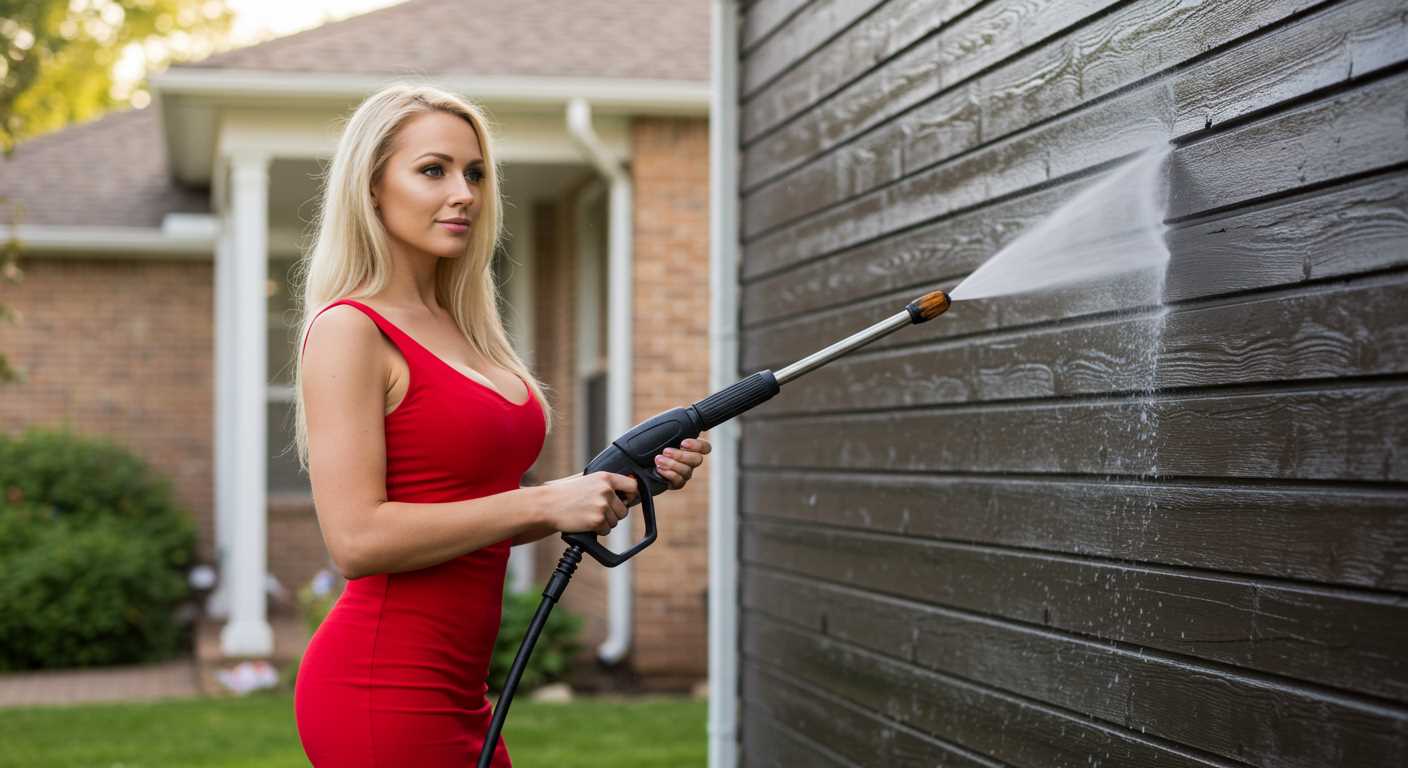
Using a cleaning unit with inadequate force can lead to unsatisfactory outcomes. Surfaces may remain dirty, requiring additional cleaning efforts, which wastes both time and resources. Equipment can also become strained. Components that are not designed to operate under low flow conditions may wear prematurely, resulting in expensive repairs or complete shutdowns.
In some cases, the lack of adequate flow can lead to buildup of grime and substances that worsen over time. Without sufficient force, stubborn stains can set in, becoming significantly harder to remove later. Furthermore, insufficient force may not produce the desired sanitisation, leaving harmful microbes behind, especially in environments where hygiene is critical.
Operational Inefficiencies
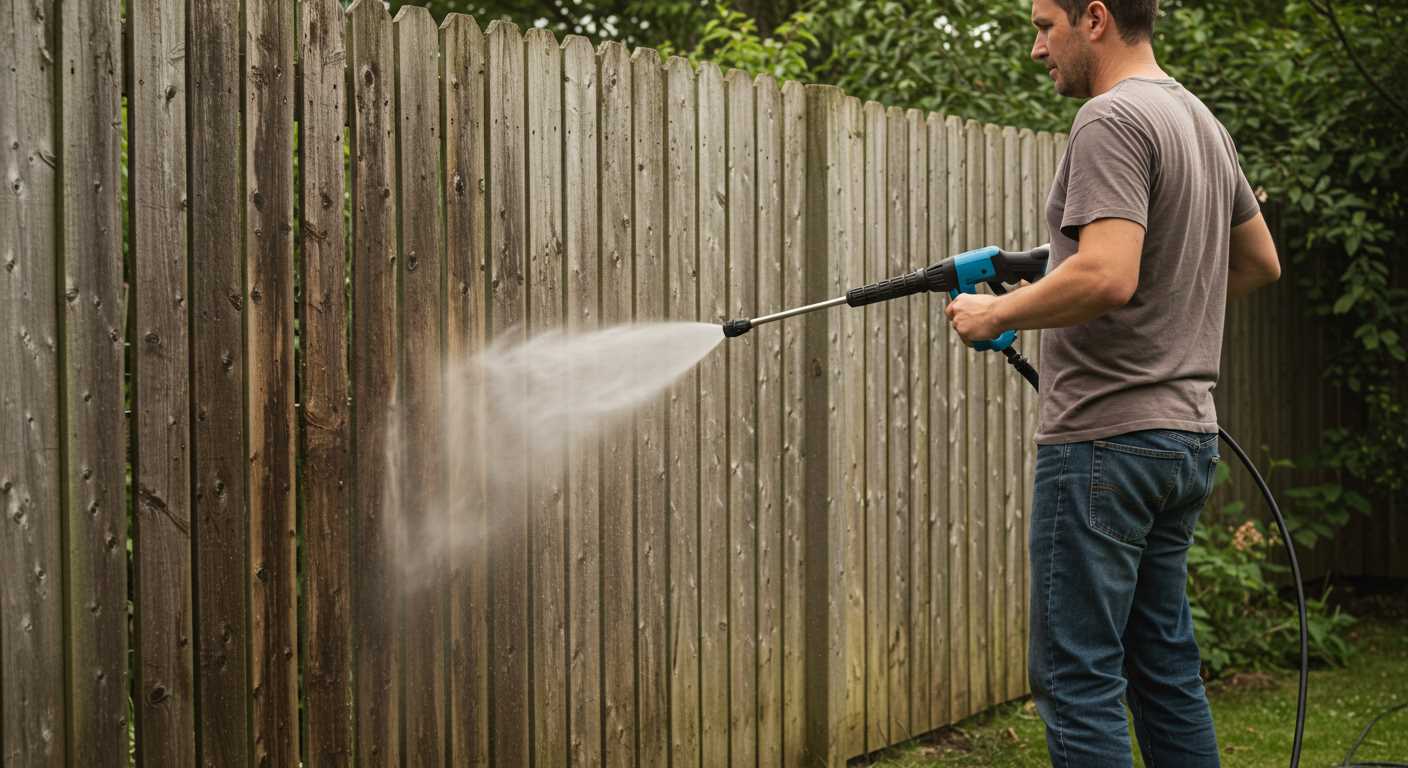
Inadequate flow affects the efficiency of cleaning tasks. Increased time spent on areas not achieving desired results can hinder overall productivity. For professionals, this translates into lost contracts and unsatisfied customers, damaging reputation in competitive markets.
Long-Term Implications
Regular use of equipment with low flow can lead to frequent maintenance needs. Continuous operation at suboptimal levels accelerates wear on mechanical components, leading to costly downtime. Therefore, ensuring that the unit operates within the recommended specifications is vital for longevity and operational efficiency.
Adjusting Water Pressure in Your System
Set your equipment to a range of 40-70 PSI for optimal cleaning without damaging surfaces. Ensure you have a pressure gauge accessible, allowing you to monitor adjustments accurately.
Guidelines for Tuning
Follow these steps for proper calibration:
- Check your supply line–ensure it’s not kinked or blocked.
- Verify the inlet filter is clean; dirt can restrict flow.
- Adjust the regulator if equipped–this helps tailor output to your requirements.
- Test the different nozzles; each has varying flow rates which affect impact.
Monitoring Performance
Regularly inspect your cleaning tool for consistent operation:
- Listen for unusual sounds indicating excess strain on the motor.
- Watch for fluctuations in the stream; inconsistent flow often signals issues.
- Clean the nozzle frequently; buildup can hinder performance.
Document all changes to create a history for reference. This method allows adjustments based on varied conditions or different cleaning tasks effectively.
Choosing the Right Nozzle for Desired Pressure Levels
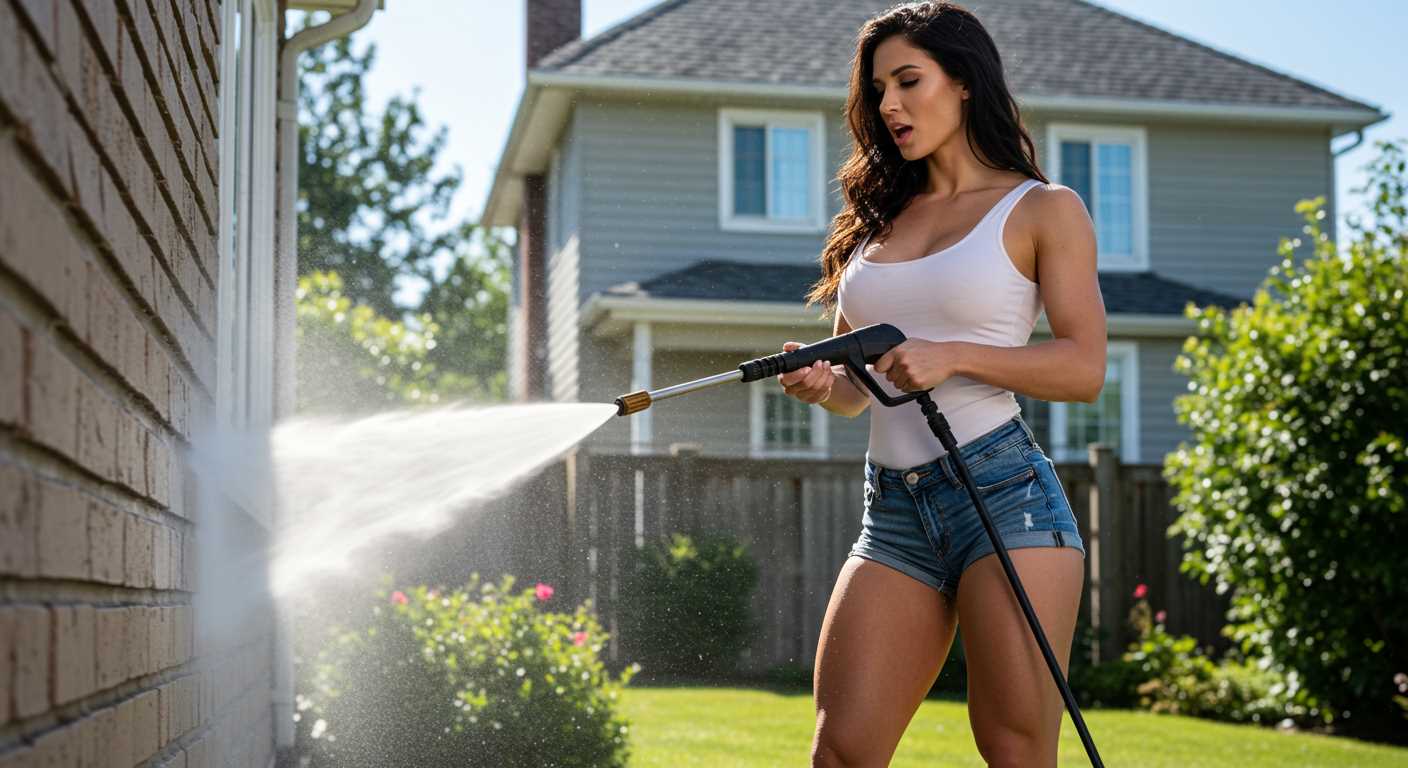
Select a nozzle based on the task at hand; different options deliver varying streams. For delicate surfaces like cars or outdoor furniture, opt for a wide-angle nozzle, typically 25 to 40 degrees. This provides a gentler spray that helps avoid damage.
For tough stains on driveways or patios, a narrow nozzle of 0 to 15 degrees is effective. These concentrated jets can break down grime more efficiently. However, exercise caution as they can cause etching on softer materials.
Incorporating adjustable nozzles offers flexibility; you can modify the spray pattern according to your requirements. This adaptability is particularly useful when several cleaning tasks are scheduled.
If you’re working with a detergent, consider using a soap nozzle. These nozzles usually have a lower pressure stream that allows soap to mix properly before rinsing, ensuring thorough cleaning.
Finally, always check compatibility with your equipment. Nozzle fittings should match your machine specifications to ensure proper connection and function.



